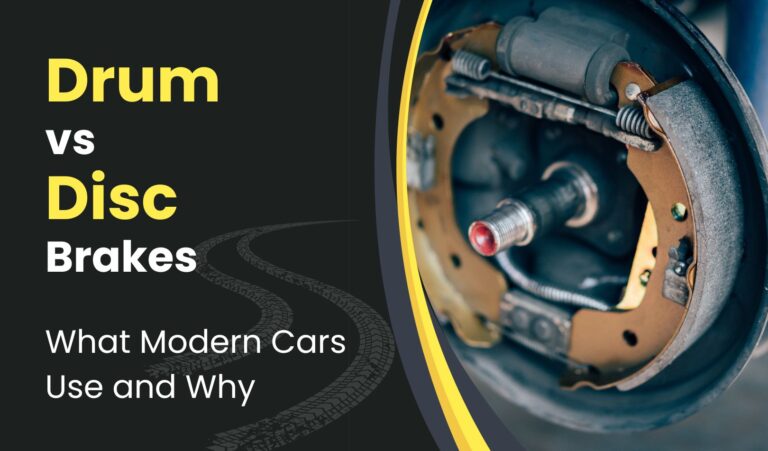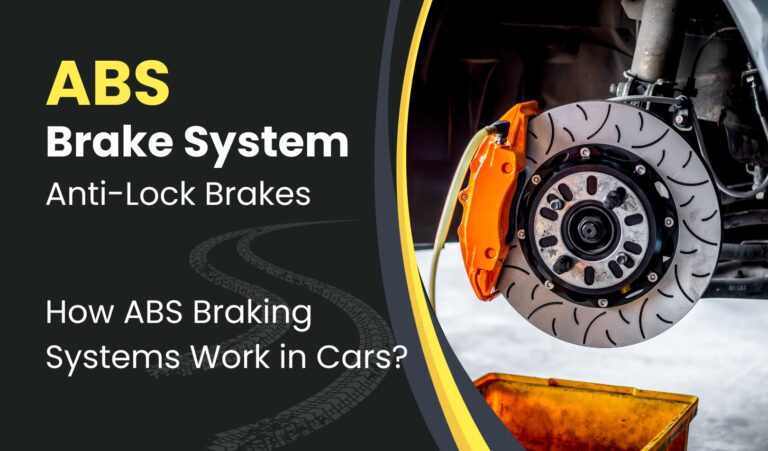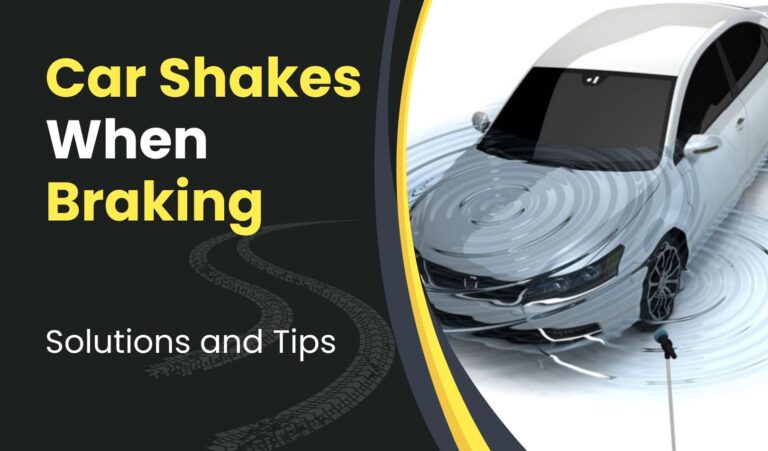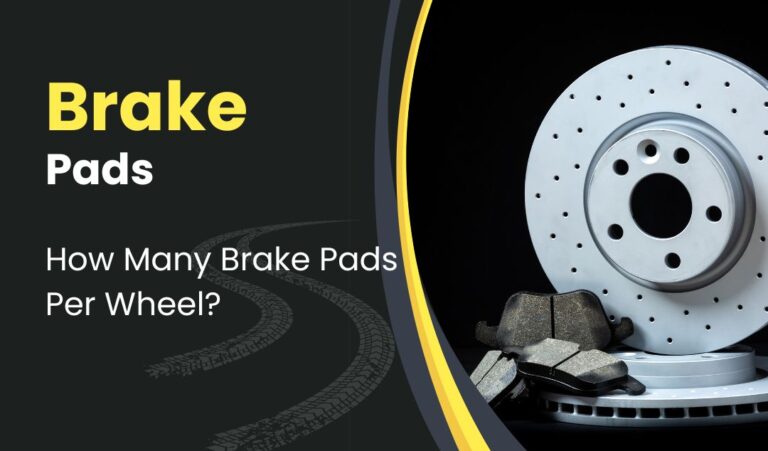How Long Should Brake Pads Last? Tips for Car Owners
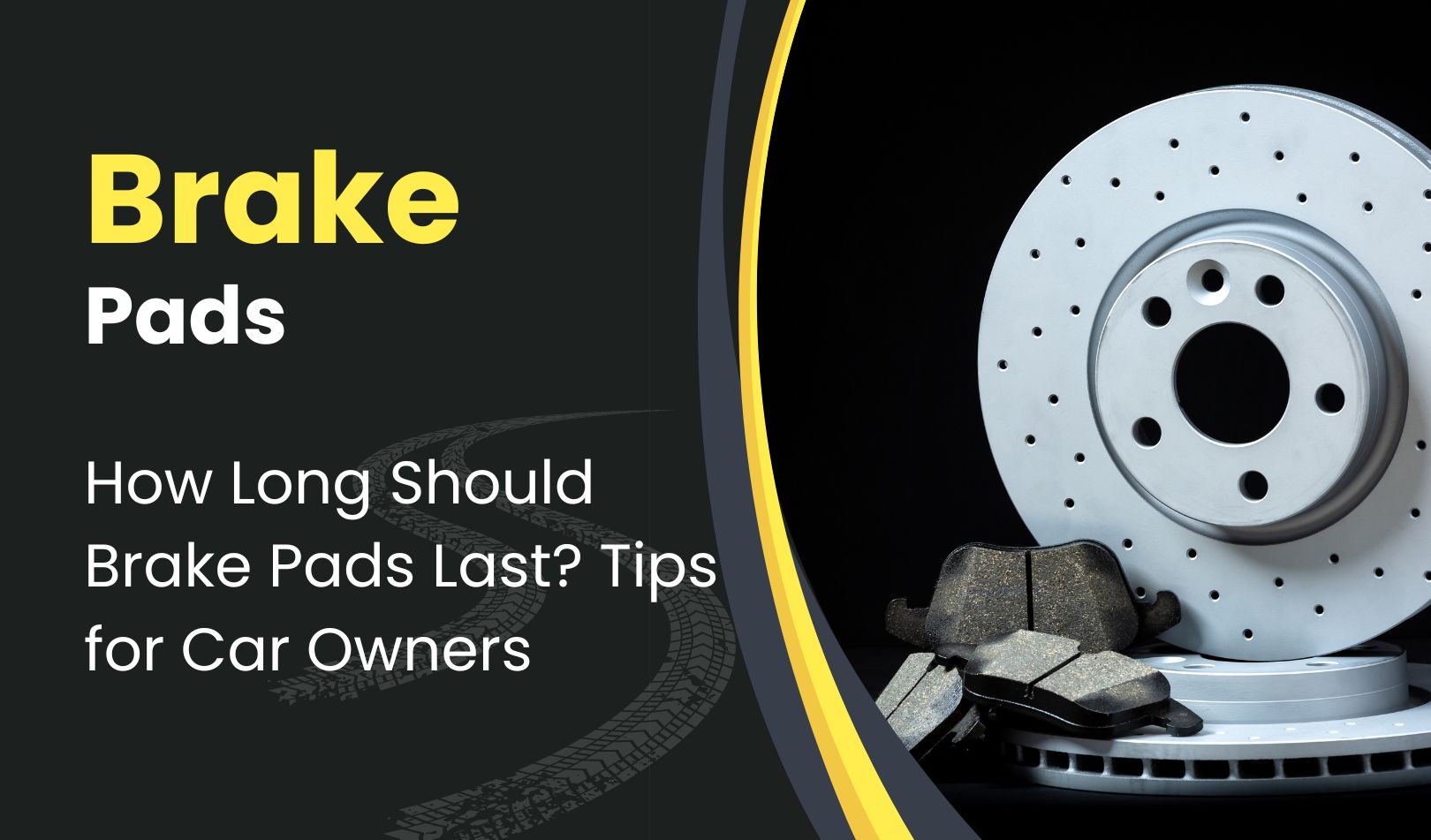
Brake pads are a crucial component of a vehicle’s safety system, yet many car owners are uncertain about how long they should last. Understanding the lifespan of brake pads is essential for maintaining a safe and efficient vehicle. Proper brake maintenance not only ensures the safety of drivers and passengers but also helps avoid costly repairs down the road.
This article will explore the average lifespan of brake pads and the signs that indicate they need replacement. It will also delve into the factors that affect brake pad longevity and provide useful tips to extend their life. By the end, readers will have a better grasp of brake pad maintenance and how to keep their vehicle’s braking system in top condition.
Average Lifespan of Brake Pads
Typical mileage range
Brake pads are a crucial component of a vehicle’s braking system, and their lifespan can vary significantly. On average, brake pads last between 25,000 to 70,000 miles (40,000 to 112,000 kilometers). However, some drivers may need to replace their brake pads as early as 20,000 miles, while others might get up to 110,000 kilometers or even 160,000 kilometers out of a single set.
Factors affecting lifespan
Several factors influence how long brake pads last:
- Driving habits: Frequent stops in city traffic or aggressive braking can wear pads down faster.
- Vehicle weight: Heavier vehicles require more braking force, leading to quicker wear.
- Brake pad material: Different materials have varying durability levels.
- Organic pads: Softer and quieter but wear down quickly
- Semi-metallic pads: More durable but can be noisier
- Ceramic pads: Last the longest and offer superior stopping power, but are more expensive
- Driving conditions: Highway driving typically results in less wear compared to stop-and-go city traffic.
- Vehicle type: Front brake pads often wear faster due to the weight transfer during braking.
Free Brake Inspection by Expert Technicians.
Importance of regular inspections
Regular brake inspections are essential to ensure optimal performance and safety. It’s recommended to have brakes checked at least once a year or as part of regular vehicle servicing. During an inspection, technicians typically examine:
- Brake pad thickness
- Rotor condition
- Overall brake system performance
Regular inspections help identify issues early, preventing costly repairs and ensuring the vehicle stops effectively when needed. By maintaining brake pads properly, drivers can extend their lifespan and prioritize safety for themselves and other road users.
Signs Your Brake Pads Need Replacement
Squealing or grinding noises
One of the most common indicators of worn brake pads is a high-pitched squealing or squeaking noise when applying the brakes. This sound occurs when a small metal wear indicator built into the brake pad contacts the rotor, signaling that the pad is nearing the end of its lifespan. If ignored, this squealing can turn into a grinding noise, indicating that the brake pads have worn down completely and the metal backing plate is making contact with the brake rotor. This is a serious issue that requires immediate attention.
Vibration when braking
Drivers may experience a pulsating sensation or vibration in the brake pedal or steering wheel when braking. This phenomenon, known as brake pedal pulsation, can indicate uneven wear on the brake pads or warped rotors. As the brake pads wear down, they may develop uneven surfaces or become glazed, resulting in inconsistent braking performance and a less responsive pedal feel. If the vibration is felt through the steering wheel, it often points to an issue with the front rotors, while vibrations in the brake pedal typically suggest problems with the rear rotors.
Reduced responsiveness
When brake pads wear down, drivers may notice a decrease in braking efficiency or that it takes longer for their vehicle to come to a stop. This reduced responsiveness can manifest as extremely sensitive or insensitive brakes. If the brakes suddenly jerk the vehicle to a stop at the gentlest touch, it may indicate unevenly worn rotors or the need to replace brake fluid. Conversely, if the brake pedal needs to be pushed nearly to the floor to engage, it could signal air in the brake fluid, low brake fluid levels, or excessively thin brake pads.
Visual inspection
A visual inspection can provide valuable insights into the condition of brake pads. By looking through the wheel spokes, drivers can assess the thickness of the brake pads. If they appear thin, worn down, or have less than a quarter-inch of material remaining, it’s time for replacement. Some brake pads feature a wear indicator slot down the center. If this slot is barely visible or completely gone, new brake pads are needed. Additionally, checking for uneven pad wear, cracks, or chips can indicate underlying issues with the braking system that require attention.
Factors That Affect Brake Pad Longevity
Driving habits
Driving habits have a significant impact on brake pad longevity. Aggressive driving, including frequent stops in heavy traffic, abrupt deceleration at high speeds, and overusing brakes on inclines, can rapidly accelerate brake deterioration. Drivers who tailgate and constantly apply their brakes wear out pads twice as fast as those who maintain a safe distance and anticipate traffic flow. Conversely, those who practice engine braking, coast when possible, and use brakes sparingly can extend pad life significantly.
Environment and terrain
Environmental factors and terrain play a crucial role in brake pad wear. Wet conditions, particularly during rainy seasons, can increase brake-related issues by up to 15%. Rough roads and varied terrain also contribute to faster wear. Additionally, driving in mountainous areas or on long descents can lead to excessive brake use, causing rapid pad deterioration if proper techniques like downshifting are not employed.
Vehicle type and weight
The type and weight of a vehicle directly affect brake pad lifespan. Heavier vehicles require more braking force, leading to quicker wear. Studies show that reducing a vehicle’s weight by 100 pounds can extend brake system life by 5%. Front brake pads often wear faster due to weight transfer during braking. Modern vehicles, such as the new Camry and RAV4, incorporate innovative braking systems that can extend pad life by 25% to 40% compared to older models.
Brake pad material
The material composition of brake pads significantly influences their longevity and performance. Ceramic pads generally last longer, providing up to 70,000 miles of use, and produce less brake dust. Organic pads offer a softer brake feel but may require more frequent replacement due to heat sensitivity. Metallic pads provide maximum heat resistance but can be noisier. Choosing high-quality, lead- and copper-free pads can reduce environmental impact and extend pad life.
Free Brake Inspection by Expert Technicians.
Tips to Extend Brake Pad Life
Proper driving techniques
To extend brake pad life, drivers should adopt conservative braking habits. This involves giving enough time and space to slow down gradually, avoiding sudden stops or repeatedly pressing the brake pedal. The pivot method and progressive braking can lead to smooth, gradual stops, reducing brake wear. Coasting, which means taking the foot off the gas pedal without touching the brakes, allows natural friction to slow the vehicle. Maintaining a safe distance from other vehicles and avoiding tailgating also helps minimize unnecessary braking.
Regular maintenance
Regular brake inspections are crucial for extending brake pad life. These checks can identify worn pads and potential issues before they become significant problems. Drivers should pay attention to warning signs such as squealing or grinding noises, vibrations when braking, or reduced responsiveness. It’s important to have brakes looked at by a professional automotive technician when wear begins to show. Regular maintenance also includes checking and replacing brake fluid periodically, as it degrades over time and absorbs moisture from the air.
Choosing quality brake pads
Selecting suitable brake pads has a significant impact on the braking system’s performance and lifespan. Factors to consider include pad composition, compatibility with the vehicle model, driving conditions, noise levels, and warranty. Ceramic brake pads, while pricier, last longer and produce less noise. They’re ideal for conservative drivers and consistent speed, highway driving. Semi-metallic pads offer excellent heat dissipation, making them suitable for aggressive driving or mountainous conditions. Organic pads are softer, quieter, and perfect for stop-and-go city driving. Choosing high-quality, lead- and copper-free pads can reduce environmental impact and extend pad life.
Conclusion
To wrap up, understanding the lifespan of brake pads and the factors that affect their durability is crucial for safe and cost-effective vehicle maintenance. By adopting proper driving techniques, performing regular inspections, and choosing quality brake components, car owners can significantly extend the life of their brake pads. This approach not only ensures optimal vehicle performance but also contributes to road safety for all users.
Ultimately, being proactive about brake pad maintenance has a positive impact on both vehicle longevity and driver peace of mind. Whether you’re navigating city traffic or cruising on highways, keeping your braking system in top shape is essential. For those in Columbia, SC, seeking expert advice or services, consulting with a Mobile Mechanic Columbia SC or visiting an Auto Repair Columbia SC facility for Brake Repair Columbia SC can provide tailored solutions to your specific needs.
FAQs
1. What is the typical mileage range for brake pads before they need replacement?
Brake pads can generally last between 30,000 to 35,000 miles under urban driving conditions. However, in less strenuous conditions such as highway driving with light traffic, they can last up to 80,000 miles or more.
2. How long do brake pads typically last in a car?
The lifespan of brake pads can vary significantly based on several factors, but typically, they are expected to last between 30,000 to 70,000 miles according to manufacturer guidelines.
3. At what intervals should brake pads be replaced?
It’s recommended to replace your car’s brake pads approximately every 25,000 to 65,000 miles. Brake rotors, on the other hand, should be replaced between 30,000 and 70,000 miles, though this can vary based on driving conditions, terrain, and your driving style.
4. How fast do brake pads wear out?
Brake pads generally wear out and require replacement every two to three years, depending on usage. Delaying their replacement can lead to damage of other car components and decreased braking performance, potentially resulting in accidents.

